#dutch folklore
Text
It’s very common for Dutch and Germanic werewolf legends to center around a wolf’s pelt, or a belt of strap made of (wolf’s) skin as the object that makes then transform into a wolf. It’s not quite the same as deliberately using magic, because it’s usually described that the person feels compelled to wear the item and is bonded to it in such a way that they know when someone tries to destroy it and suffer terrible pain when it is set on fire.
So, magic wolf pelts and belts no longer surprise me. But I just found two entries about a legend wherein a farmhand has an iron collar that gives him the power to transform into a werewolf when he wears it and that’s just...quite a different visual
#werewolf#werewolves#dutch folklore#if you will excuse me I will be over here thinking about the urban fantasy potential this has
2K notes
·
View notes
Photo
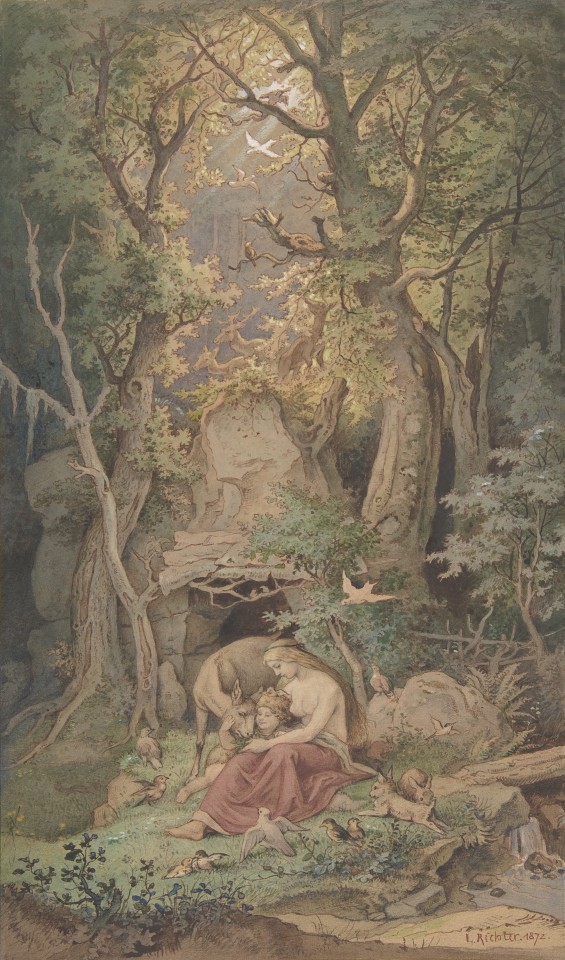
Genoveva, Ludwig Richter, 1820-84
Watercolor on paper
12 ¼ x 7 ¼ in. (31.1 x 18.4 cm)
The Metropolitan Museum of Art, New York City, NY, USA
#art#painting#ludwig richter#folklore#19th century#watercolor#1820s#the met#medieval folklore#dutch folklore#belgian folklore#french folklore#german
61 notes
·
View notes
Video
youtube
#dutch folklore#dutch traditional costume#folk costume#traditional clothing#the netherlands#holland#jimmy nelson
20 notes
·
View notes
Text
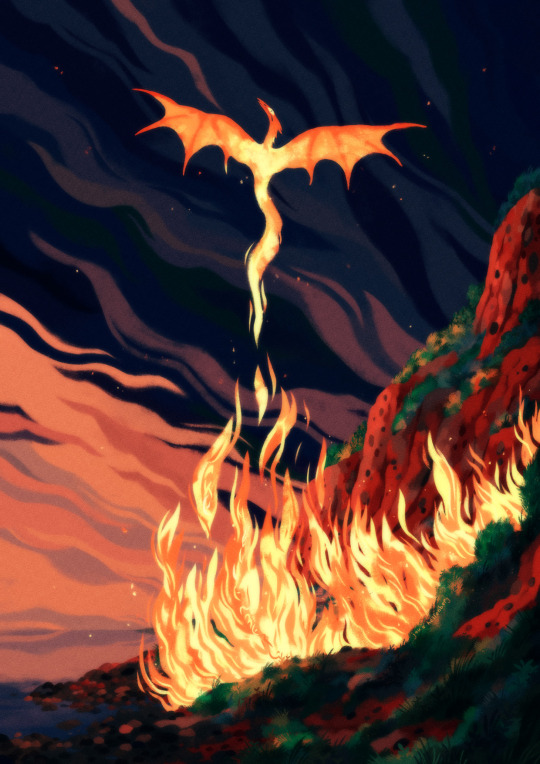
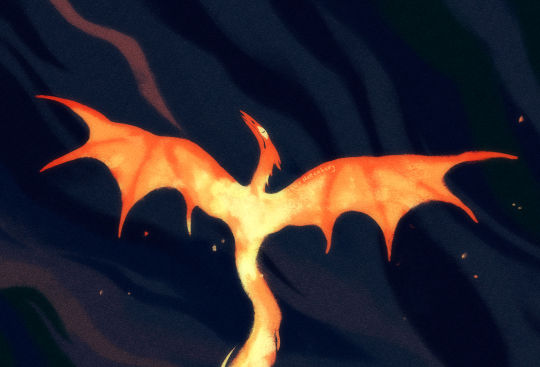
The Dragon of the Rode Klif
#artists on tumblr#illustration#dragon#drawing#digital#fire#rode klif#dutch folklore#folklore#gonna try start posting art again#ive been reading a lot of old dutch folklore books lately.....
15 notes
·
View notes
Text
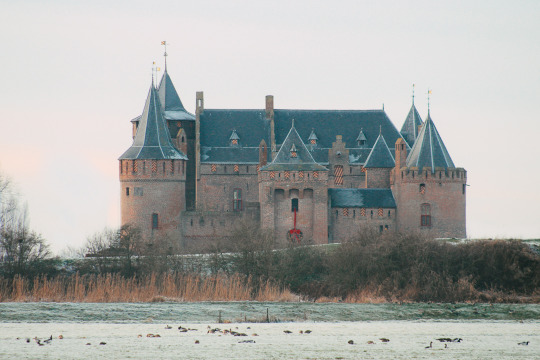
December celebrations at Castle Muiderslot, Muiden, Noord-Holland.
Thousands of migrating geese stop over in the surrounding polders.
Picture © Priestess of the North-West.
#sagittarius#midwinter#13th century#noord-holland#netherlands#goose#ice#heraldic#dutch folklore#polder
14 notes
·
View notes
Text

Living alone on a small island isn't easy. While there were people nearby, it would get really lonely sometimes, especially since her family... disappeared. Every time a ship would strand, she'd look for them, but to no avail.
Loved by the people for her kind heart and selfless nature, she'd visit every time somebody got sick, and care for them. Her castle doors were always open wide for anyone to stay, yet no one stayed for longer than a day. Afterwards, she'd return to a lonely castle, with rooms unused, halls unwalked, and food uneaten.
At least caring for her people made her go outside, where she would encounter some... unusual things.
~~~
Here's a lesser known, but closer to home tale: the folklore about the so-called "Doodemanskisten" appearing in the Wadden on Terschelling. If you're interested, you can find the story here (in Dutch): https://www.visitwadden.nl/nl/verhalen/bundel/sprookjes-en-sagen-van-de-wadden-doodemanskisten
#fairy tale character#fairy tales#folklore#dutch folklore#dutch#original character#oc#original characters#the Netherlands#Terschelling#waddeneilanden#my art i guess
11 notes
·
View notes
Text
New brainfood! I updated my Thimsternisse-website with 19th century Dutch folklore about witchcraf
Witchcraft and magic in Northwest Europe | thimsternisse
6 notes
·
View notes
Text
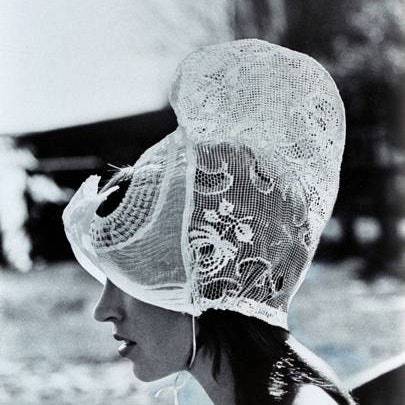
Talitha Getty in a Dutch fishing village, wearing a large white embroidered cap, 1971.
Ph. Maurice Hogenboom
2 notes
·
View notes
Text
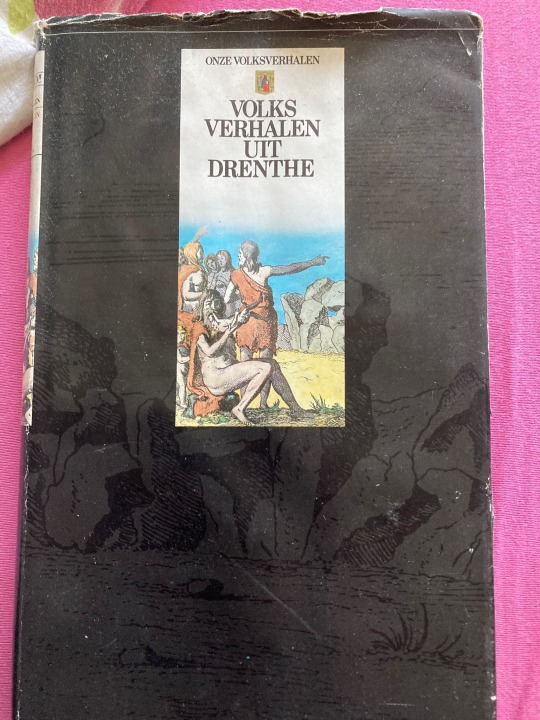
Recently got this book at a thrift store and it was such a good find!
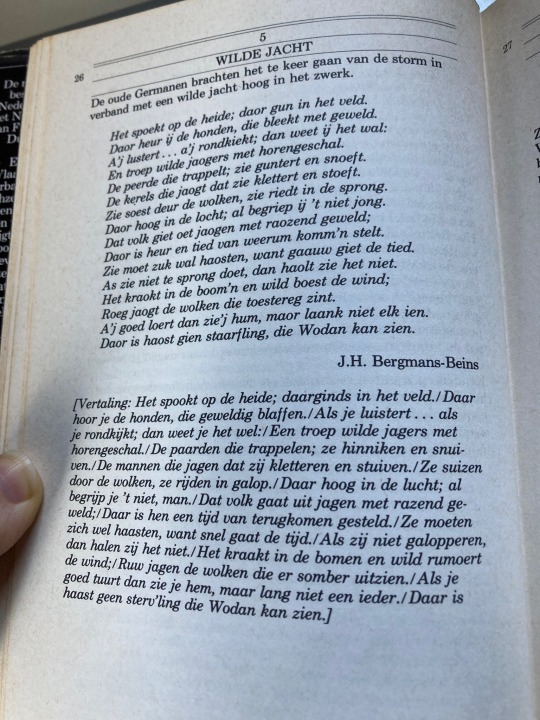
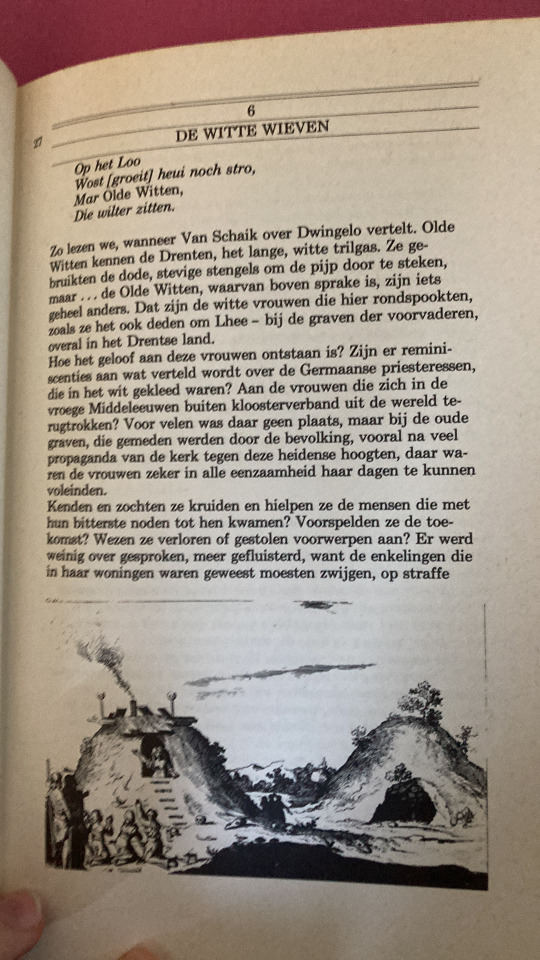
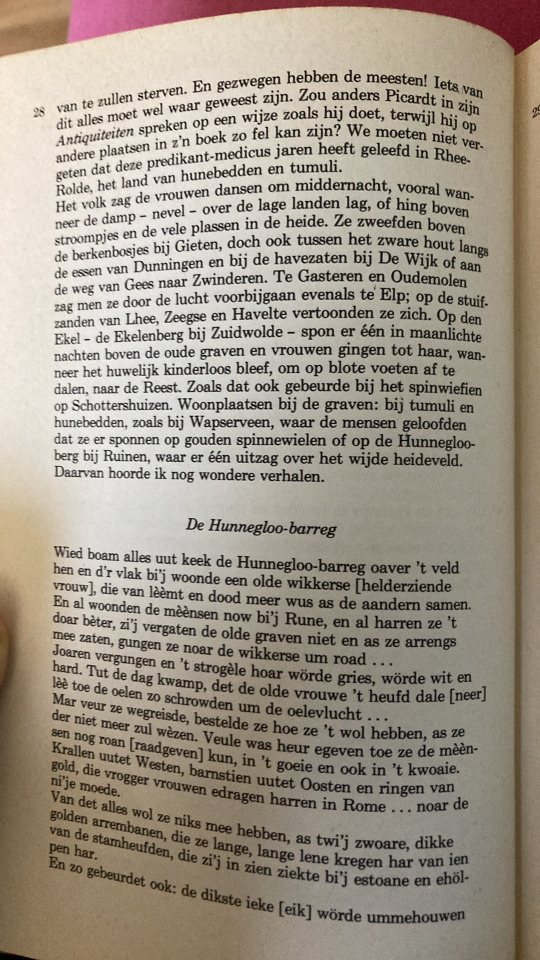

@laurasimonsdaughter I thought this might interest you? If not, sorry for the tag
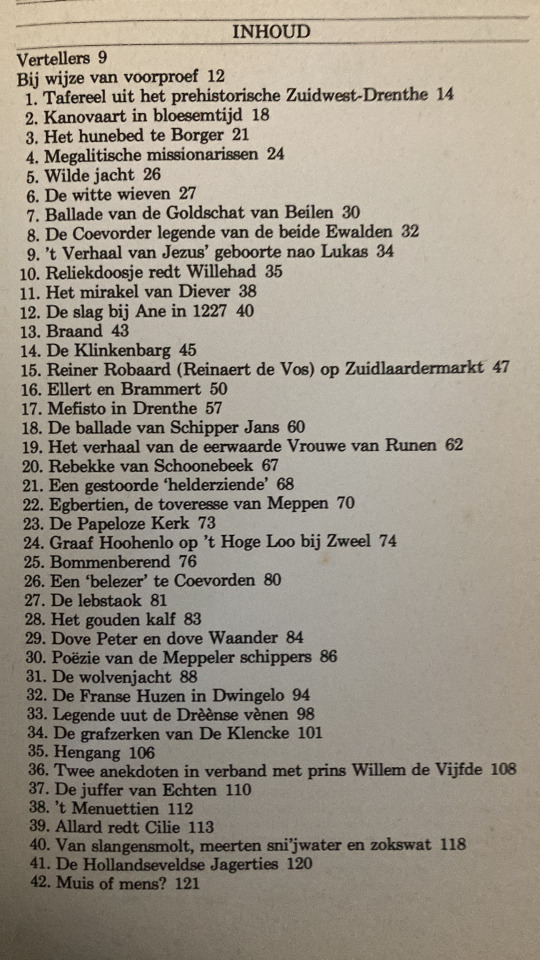

I’m not going to photograph everything unless someone asks me too but this is the index
30 notes
·
View notes
Text

The Dutch gnome, this diminutive race of beings are especially fond of being seen by humans. Still, some tended to help humans with their work when they had the time.
#BriefBestiary#bestiary#digital art#fantasy#folklroe#myth#mythology#legend#gnome#kabouter#gnome king#hoogeloon#gnome king kyrië#kyrië#dutch folklore
12 notes
·
View notes
Text
Silver in werewolf folklore?
This is a bit of a ramble but lately I’ve been stuck on the concept that silver is the best weapon against a werewolf. People often suggest a connection to the (full) moon, but in a lot of werewolf folklore the moon has nothing to do with their transformation and it happens every night or certain nights in a pattern.
Interestingly, Curt Siodmak, screenwriter of “The Wolf Man” (1941), which launched the “modern werewolf” in all its glory, is sometimes stated to have completely invented the use of silver, or at least silver bullets (nytimes, maverick-werewolf). But I have seen the concept of using silver against werewolves in folklore from before 1941:
Ashliman compiled German folklore that mentions “a bullet of inherited silver” (Bartsch, 1879), “flintlock with a silver bullet” (Müllenhoff, 1921), and most interestingly:
At first they were powerless against them, until finally the students brought together all of the silver buttons that they had inherited, and with these they killed the werewolves. (Temme, 1840)
That mention of buttons immediately caught my attention, because while the publications about it I’ve been able to find are all from after 1941, in Dutch folkore there is a rather frequent mention that the best weapon against a werewolf is a silver coin, most commonly a ten cent piece (1 ; 2 ; 3 ; 4 ; 5 ; 6) This coin was usually loaded into a rifle, but one mentions holding it as a talisman.
Furthermore, in Dutch (and some wider Germanic) folklore werewolves are frequently treated as the masculine equivalent of a witch. And I could find mentions from before 1941 of witches being defeated by loading a rifle with silver coins (1934, 1932) or silver in general (1933). There is also a mention of a soldier loading a gun with finely chopped silver in order to chase away ghosts (1933, origin from before 1926) and this interesting piece of magic:
If one wished to shoot a ghost or witch, the rifle would not fire unless one rubbed a piece of silver on the flash pan , only then could one fire or would the flintlock give a spark. (1892)
In both the werewolf and the witch folklore the silver is not always fatal. But it’s described as the only thing that they can be shot with, or that will leave a scar, or a wound they can’t heal from. This certainly does not seem to be the norm though, I’ve seen far more folklore where the werewolves are either not harmed at all, or harmed with normal weapons.
In short, since Curt Siodmak was born in Germany to Jewish parents, I think it’s likely he was more inspired by local folklore than people give him credit for, but I’m very interested in any other (older) mentions of silver and werewolves in folklore. If anyone has anything to share, I’d love to see it!
232 notes
·
View notes
Text
I'm boutta start hyperfixating on my country's history and culture.
Like, Dutch architecture, Dutch folklore, Dutch history.
I mean the history is awful for the most part, that I already know. But I am interested in the history regarding our fight with the sea, or the way we shipped around tulips. Maybe even the history on a geographical level, like the ground and swamps and stuff.
I'm particularly interested in the folklore. I always thought I didn't know anything of it, but it turns out I know more than I thought about it, because of some comics I read as a kid. Witte Wieven (basically ghosts), weerwolven (werewolves), de bokkerijders (goats with wings and devil worshippers or something), the lange man (apparently we have a version of slender man too? But he would knock on windows and look inside)
anyways I fuckign love it
#tw unreality#unreality#tw horror#just tagging. I mean i personally am scared of slender man. sooo.. yeah :/#my posts#dutch folklore#dutch culture#the netherlands#also i know about sinterklaas. It's just santa claus but more racist#like santa claus with a black stereotypical sidekick instead of an elf#his horse is cool though#like santa claus goes through the sky with a sled with reindeer#but sinterklaas just has one horse and walks over houses. my guy is an old man and literally doing parcour
4 notes
·
View notes
Text

#they were selling staphorster stipwerk goodies by the road... i got the green birdhouse :')#staphorster stipwerk#staphorst#the netherlands#dutch folklore#folk art#bird houses#gardencore#farmcore#cottagecore
43 notes
·
View notes
Text
Somebody explain the Dutch concept of destiny and soulmates for me for fanfic and hc purposes thankee.

#the one with the really long name#this post is based on faded memories and info I can’t find anymore#dutch#dutch beliefs#dutch folklore#dutch concept#dutch soulmates#more than just romantic but also concepts ideals objects friendship family location#noelle’s rambles
0 notes
Text
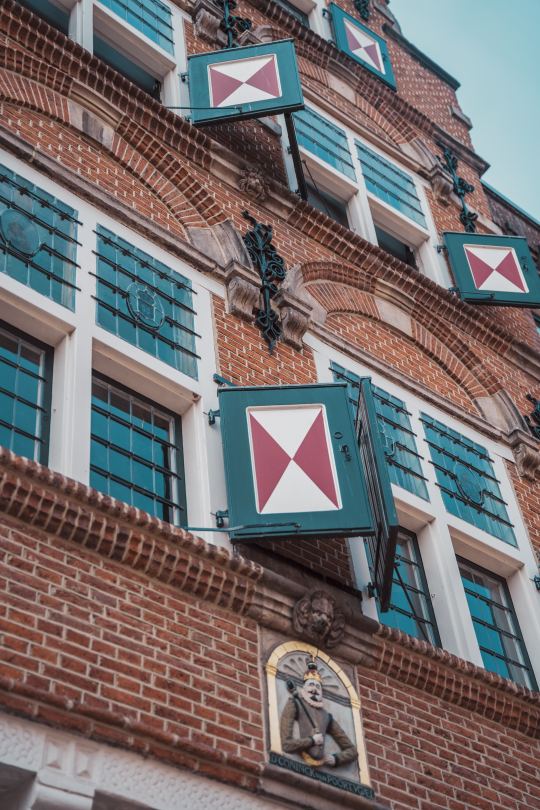
Photo by Ruben Hanssen on Unsplash
The colour of the shutters used to be connected to the colours of the owner of the land (heraldic colours - although the colour green tends to end up not on the shutter but on the frame).
In this case, the shutter is in the family colours red and 'silver'.
19 notes
·
View notes
Text

St. Martin's Day celebration - ' Marius' Alexander Jacques Bauer , 1892-93.
Dutch , 1867-1932
Oil on canvas , 59.0 x 46.5 cm,
76 notes
·
View notes